At our second meeting the previous week’s memories of primary school had been strung back up and welcomed returning and new faces alike. After we had explained to those joining us for the first time what we had done the previous week, new faces were invited to add their memories to the collection.
Meanwhile, returning faces were asked to travel in their mind to a particular room, place or short journey that was significant in their experience of primary school, and write about it or draw it in detail. To begin unlocking some of the details of school buildings and our journeys to them we were asked to think about the smells, sounds and qualities of that place.
We had begun the session with an amusing game of creating a ‘salute’ for each other in partners that were based on our day’s activity. We shared these back to the group, along with our names, and proceeded to wander around the room in wonderful chaos communicating with each other through our personalised salutes; it felt like the awkwardness and hilarity of this had shaken off some initial shyness at being in the same space, and enabled us to arrive in the room and be present together in some way.
With this initiation behind us, and a collection of new memories amassed, we re-joined as a group to listen to the memories of childhood which had just been harvested. The terrain was becoming more familiar now to those of us returning, and the recurrence of themes and images provoked great enjoyment or disgust in turn.
The exercise of taking a person to our chosen spot felt evocative for me, reminding me of how space affects our thoughts, feelings and movements, and vice versa. I took my partner inside the lift at the foot of the stairs in the Bubble building, which for me represented the phone box in my primary school boarding house where we’d take turns to slot our pre topped up phone cards in to the machine to call our parents. The tinny and unsentimental atmosphere of the lift lent itself well to transporting my partner and I to the place in my memory. I also listened to my partners chosen place, a section of the library with beanbags and stacks of books which you could retreat to in the early years of primary school, a comforting place to travel to which softened the rigidness of the lift.
Others travelled to their first aid room which ‘smelled of disinfectant but at the same time, biscuits’, or classrooms with ‘the smell of school dinners’ wafting in through the door and ‘loads of colourful stuff on the walls’, music halls filled with piano notes, ‘a garden at the end of the playground’, spaces filled with sounds of ‘singing, giggling, laughter, footsteps and chatting’, a library with wooden shelves and tables, a dining hall with a cheerful dinner lady and the smell of fish fingers.
This felt like an exercise in tuning our senses in to the material, and preparing to recognise the sensory elements when ‘foraging’ for more information. The focused one to one listening about ‘place’ also felt like a precursor to the interviews ahead which some of us will carry out.
In a final task we considered how we could gather material about some of the different themes we had established, which generated ideas about things to begin looking for and bring to the next session; clapping games, school timetables, report cards, school songs.
